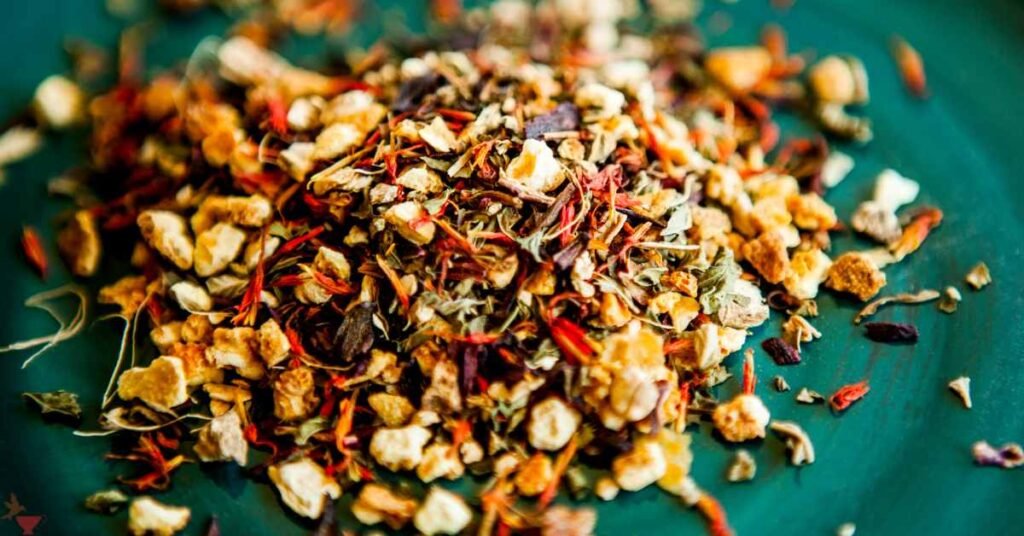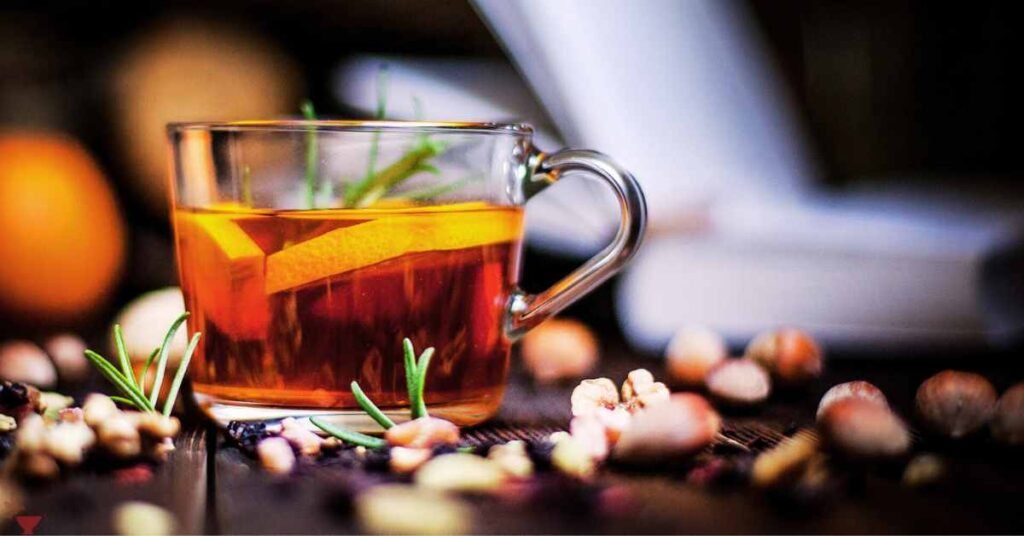Tea, a beloved beverage worldwide, has evolved beyond its traditional forms of green, black, and oolong. Innovative tea enthusiasts and producers have experimented with various unusual ingredients to create unique and flavorful blends. Here are some of the most unusual ingredients used in tea blends around the world:
Butterfly Pea Flower
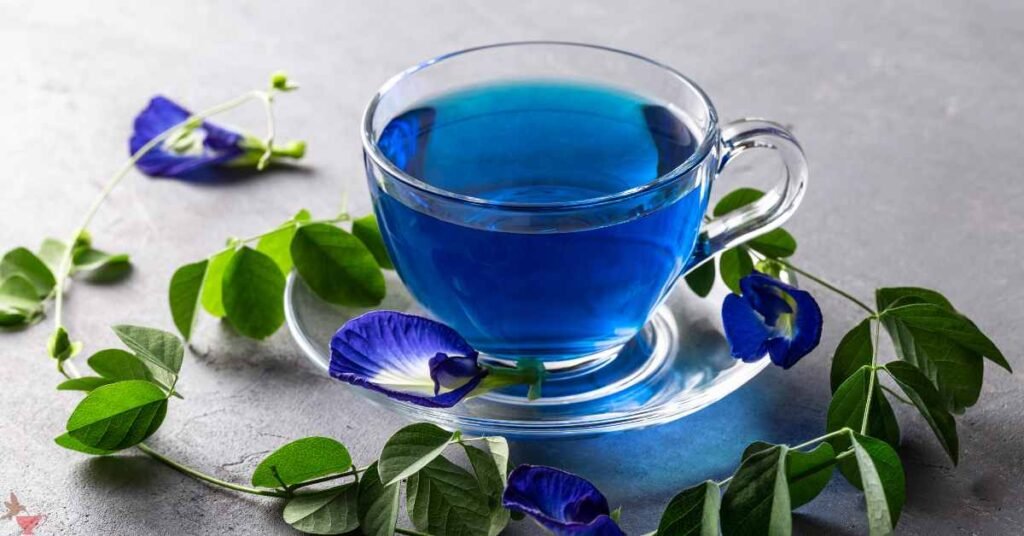
Originating from Southeast Asia, butterfly pea flower tea is famous for its vibrant blue color, which turns purple when lemon juice is added. This flower not only creates a visually stunning drink but is also known for its antioxidant properties and potential cognitive benefits.
Pandan Leaves
Used primarily in Southeast Asian cuisine, pandan leaves impart a distinctive aroma and flavor reminiscent of vanilla and coconut. When added to tea, pandan leaves add a sweet, grassy note that complements both green and black teas.
Seaweed
Seaweed tea, popular in Japan and Korea, provides a savory umami flavor profile. Known for its high mineral content, seaweed adds a nutritional boost to tea blends, making it both a healthful and flavorful addition.
Sakura (Cherry Blossoms)
In Japan, sakura or cherry blossom tea is a seasonal delicacy. The blossoms are often salted and preserved before being brewed. This tea offers a delicate, floral flavor with a hint of saltiness, capturing the essence of springtime in a cup.
Lapsang Souchong
A traditional Chinese black tea, Lapsang Souchong is smoked over pine wood fires, giving it a distinctive smoky aroma and flavor. This unusual preparation method sets it apart from other teas and makes it a favorite among those who enjoy bold, robust flavors.
Bamboo Leaves
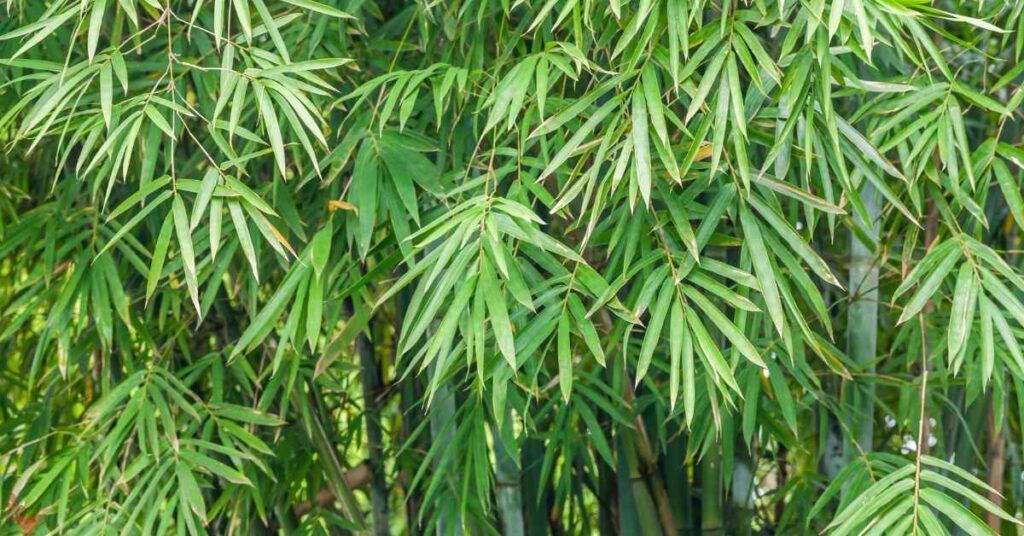
Bamboo leaf tea, enjoyed in various parts of Asia, is known for its mild, sweet flavor and numerous health benefits. Rich in silica, bamboo leaves are believed to support healthy skin, hair, and nails.
Mushrooms
Mushroom teas, including varieties like chaga, reishi, and lion’s mane, are gaining popularity for their potential health benefits. These teas offer earthy, umami flavors and are often consumed for their adaptogenic properties, which may help the body manage stress.
Basil Seeds
In Southeast Asia, basil seed tea is a refreshing drink, especially popular during the hot summer months. The seeds swell in water, creating a gel-like texture similar to chia seeds. They add a unique mouthfeel and are believed to aid in digestion and hydration.
Yaupon Holly
The only naturally caffeinated plant native to North America, yaupon holly has been used by Indigenous peoples for centuries. It produces a tea with a flavor similar to yerba mate, offering a smooth, mildly sweet taste with a caffeine kick.
Rose Hips
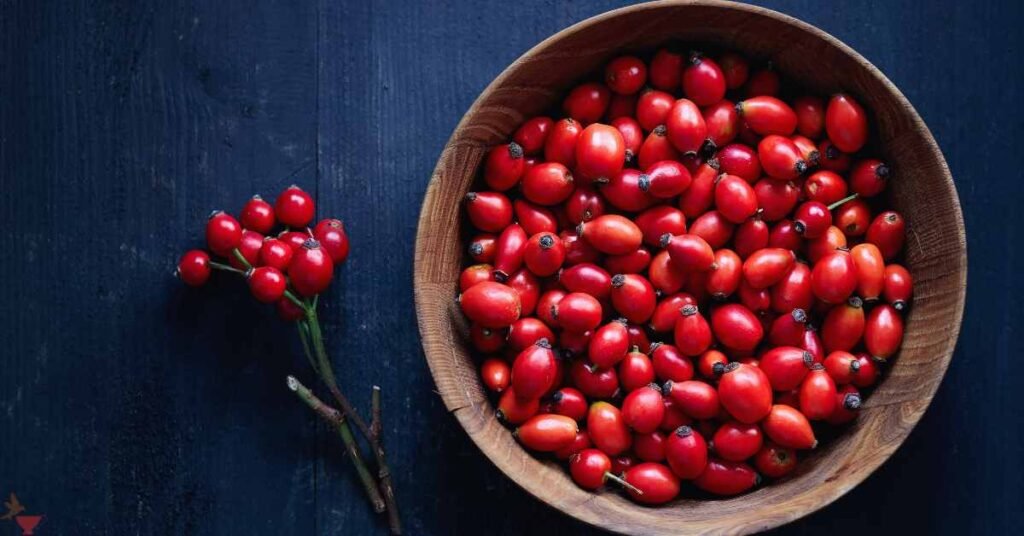
Rose hip tea is made from the fruit of the wild rose plant. It has a tart, fruity flavor and is packed with vitamin C, making it a popular choice for boosting the immune system.
Cacao Nibs
For a chocolatey twist, cacao nibs are added to tea blends. These crushed cocoa beans provide a rich, chocolate flavor and pair well with spices like cinnamon and vanilla, creating a dessert-like tea experience.
Pine Needles
Pine needle tea, traditionally consumed by Native American tribes, offers a refreshing, resinous flavor with a hint of citrus. Rich in vitamin C, it is a natural immune booster and has a long history of use as a medicinal beverage.
Hibiscus
Hibiscus tea, known for its deep red color and tart flavor, is enjoyed around the world. It is often served iced and sweetened, offering a refreshing alternative to traditional teas. Hibiscus is also celebrated for its potential cardiovascular benefits.
Final Word
The world of tea is vast and varied, with an array of unusual ingredients contributing to its rich tapestry of flavors and health benefits. From flowers and leaves to seeds and fungi, these unique additions reflect the creativity and cultural diversity of tea traditions worldwide. Whether you’re a tea connoisseur or a curious newcomer, exploring these unusual ingredients can lead to delightful discoveries and a deeper appreciation for this ancient beverage.
MEDICAL DISCLAIMER
Itsnevernotteatime.com cannot and does not contain medical/health advice. The medical/health information is provided for general and educational purposes only and is not a substitute for professional advice.
